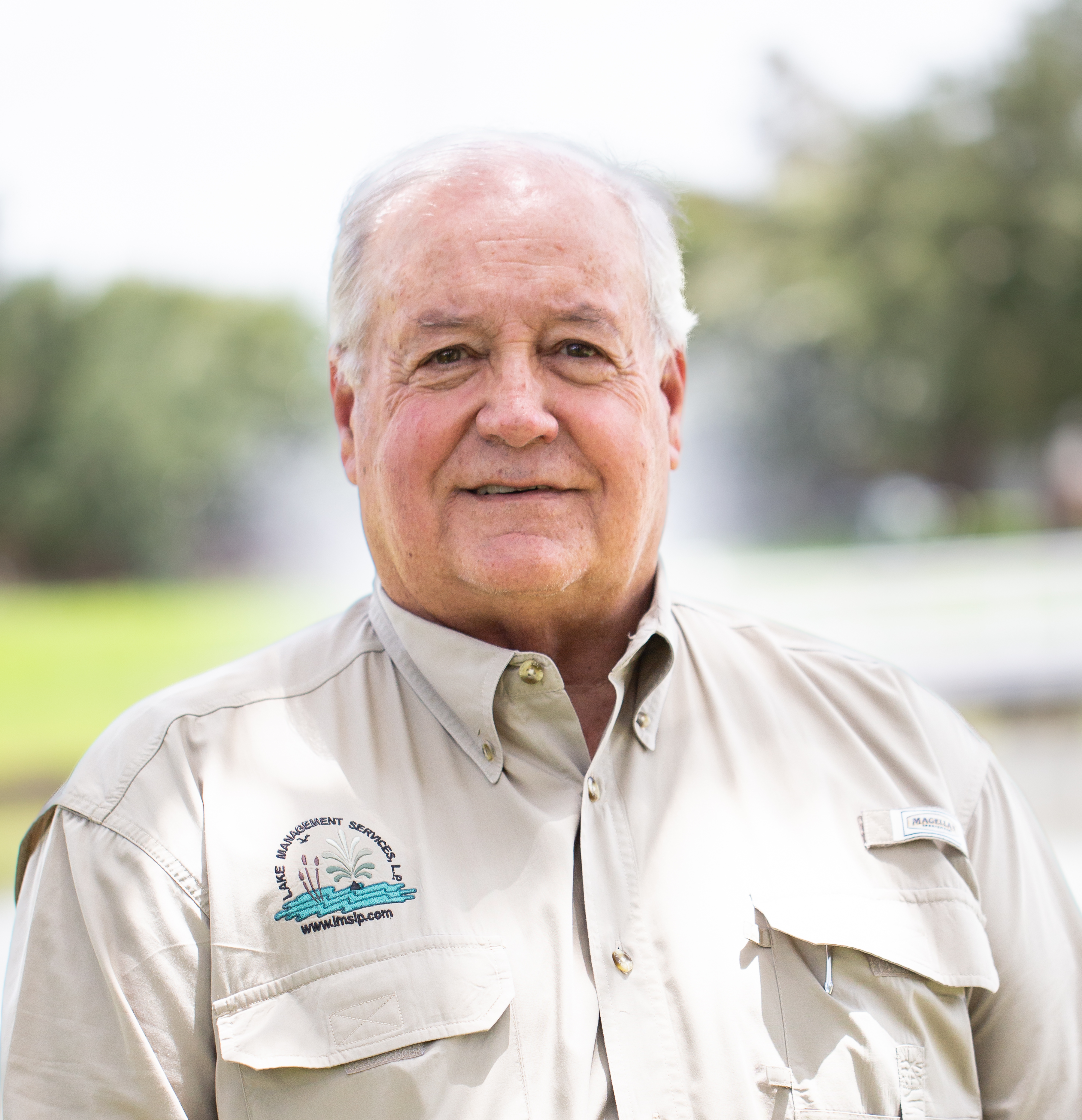Floating Plants
Floating plants are categorized into two main types: those with leaves that float on the water’s surface while their roots are anchored in the bottom, and free-floating plants that absorb nutrients directly from the water. The essential characteristic of these plants is their reliance on water for support and nutrient acquisition.
Azolla or Mosquito Fern (Azolla Caroliniana)
Azolla, commonly known as Mosquito Fern, is a small, free-floating fern that measures approximately 1 to 3/8 inches wide. Its leaves overlap, creating a quilted appearance that conceals the stem, with a single root protruding from each stem. Mosquito Ferns can range in color from green to red and are typically found in quiet ponds shielded from wind. While they can be visually appealing, these ferns can become aggressive invaders in calm waters, often mixing with duckweeds or watermeal. When Mosquito Fern colonies cover the water’s surface, they can lead to oxygen depletion and fish kills. It is important to manage these plants before they completely cover the pond’s surface.
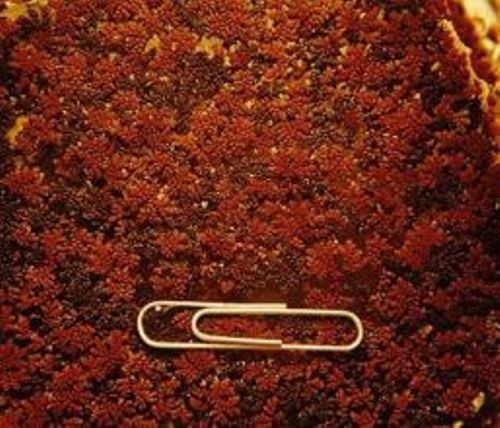
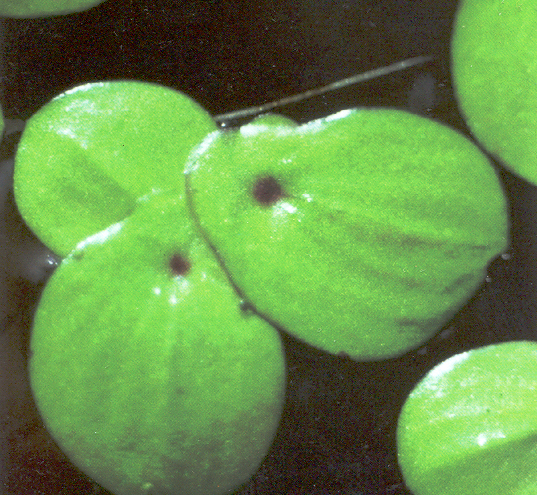
Duckweed (Lemma Minor)
Common Duckweed is a very small, light green, free-floating plant known for its seed-bearing capability. It features 1 to 3 leaves, or fronds, each measuring between 1/16 and 1/8 inch in length, with a single root or root hair protruding from each frond. Duckweed tends to form dense colonies in calm, undisturbed water, often coexisting with other species such as mosquito fern or watermeal. Although it can enhance the aesthetic appeal of a pond, Duckweed can become an aggressive invader, leading to potential oxygen depletion and fish kills if it covers the water’s surface. Effective management is crucial to prevent these colonies from overwhelming the pond.
Common Salvinia (Salvinia Minima) *
Common Salvinia, native to South America, is a small free-floating fern that forms dense, floating mats or colonies in calm, undisturbed waters. The plant features round floating leaves, measuring between 1/2 and 3/4 inch in diameter, with a distinct midrib that can create a cup-shaped appearance. The upper surface of the leaves is covered with stiff hairs, each having a single stalk that divides into four branches. Beneath the water, the leaves transform into small root-like structures, and the entire plant typically reaches a depth of about 1 inch. Common Salvinia does not produce flowers but reproduces through spores or fragmentation. It is known for being an aggressive invader, and when its colonies cover the water’s surface, it can lead to oxygen depletion and fish kills. Effective control measures are essential to prevent these adverse effects.
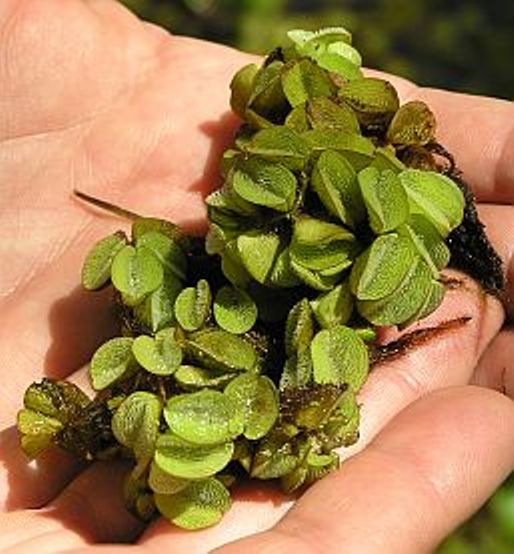
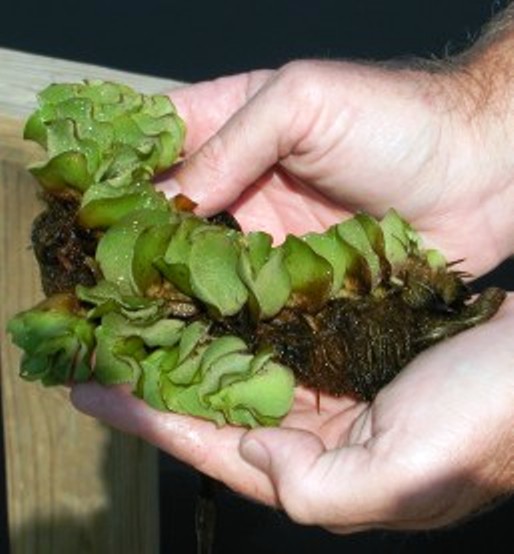
Giant Salvinia (Salvinia Molesta) *
Giant Salvinia, native to South America, is a small free-floating fern that forms dense, floating mats or colonies in calm, undisturbed waters. The plant features oblong floating leaves, ranging from 0.5 to 1.5 inches in length, with a distinct midrib that can create a compressed, chain-like appearance. The upper surface of the leaves is covered with stiff hairs that have a single stalk dividing into four branches, which reconnect at the tip, creating a cage-like or egg-beater appearance. Beneath the water, the leaves are modified into small root-like structures, and the entire plant generally reaches a depth of 1 to 2 inches. Giant Salvinia does not produce flowers but has sporangia; it is believed to reproduce primarily through fragmentation. This species can double in size within 4 to 10 days under optimal conditions and is known for being an aggressive invader. If its colonies cover the water’s surface, it can lead to oxygen depletion and fish kills, making timely control measures essential.
Bladderwort (Utricularia Spp.) *
Bladderworts are annual, free-floating aquatic plants that lack roots but produce flowers on erect stems above the water. The entire plant typically reaches about 8 inches in height. The flowers, which emerge above the water’s surface, are yellowish with three lobes and a spur underneath. The underwater leaf branches or petioles are fleshy and inflated with air, enabling the plant to float. These leaves are whorled with 4 to 10 lateral leaves that frequently fork, giving them a delicate, capillary appearance. Bladderworts are distinctive for their small, oval “bladders” on the underwater leaves, which trap and digest small aquatic organisms. Often found in quiet, shallow, acidic waters, bladderworts can form dense mats, contributing to their unique ecological role.

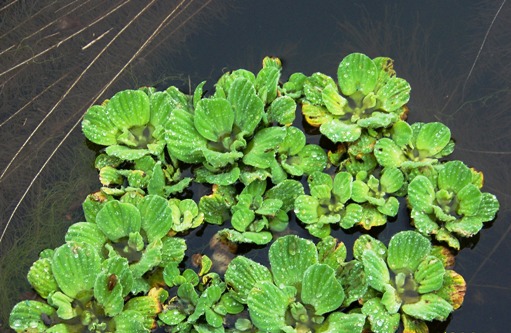
Water Lettuce (Pistia Stratiotes) *
Water Lettuce is a free-floating aquatic plant characterized by its spongy, dusty green leaves. These leaves are covered with very fine hairs and are arranged in a spiral pattern from the center of the plant. Each leaf measures between 1 and 6 inches wide and features prominent veins running its length. The flowers of Water Lettuce are rarely observed. Known for its aggressive growth, Water Lettuce can quickly form thick, floating mats that cover the surface of a pond. This can lead to oxygen depletion and fish kills. Effective control is essential to prevent Water Lettuce from overwhelming the entire pond.
Waterhyacinth (Eichhoria Crassipes) *
Water Hyacinth, native to South America, has become naturalized across much of the Southern U.S. This free-floating perennial plant can reach heights of up to 3 feet. It features dark green, circular to elliptical leaves attached to spongy, inflated petioles. Beneath the water, Water Hyacinth develops a thick, heavily branched, dark fibrous root system. The plant produces striking light blue to violet flowers on a terminal spike. Known for its aggressive growth, Water Hyacinth can quickly form dense mats that cover the surface of a pond, leading to oxygen depletion and fish kills. Effective management is crucial to prevent these mats from overwhelming the pond.
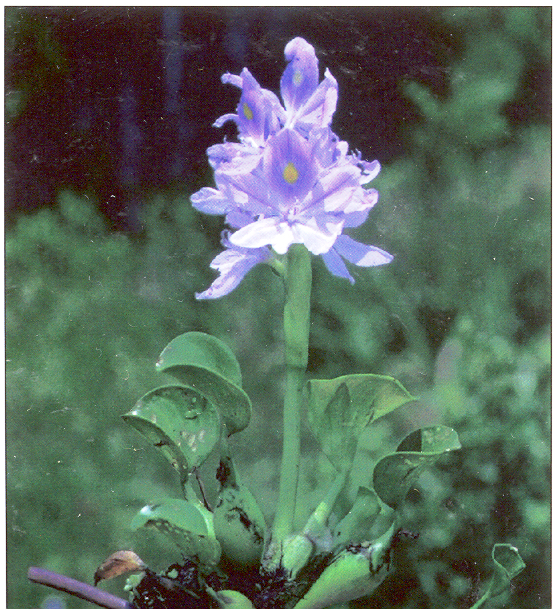
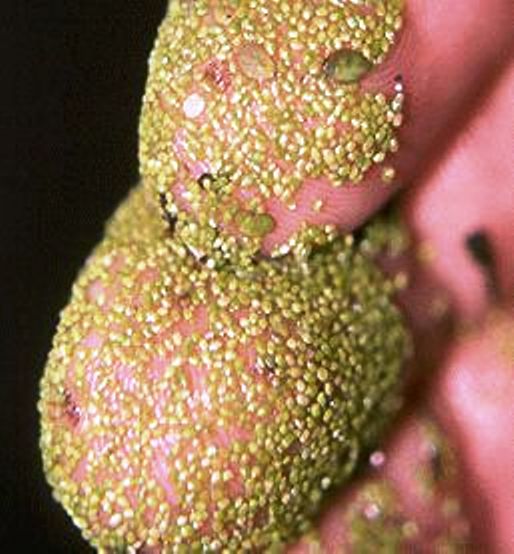
Watermeal (Wolffia Spp.) *
Watermeal is an exceptionally small, light green, free-floating plant measuring less than 1 millimeter in diameter. It is the smallest seed-bearing plant in the world. Watermeal typically forms dense colonies in quiet, undisturbed waters and is often found alongside duckweeds. As an aggressive invader, it can quickly spread and cover the surface of a pond, leading to significant issues such as oxygen depletion and fish kills. Dense watermeal colonies not only reduce oxygen levels but also block sunlight, preventing submerged plants from photosynthesizing. Although not a major food source, watermeal is consumed by some ducks and can be spread to other bodies of water by them. Effective management is essential to prevent watermeal from overwhelming and damaging aquatic ecosystems.
*: TEXAS RESIDENTS: THIS PLANT IS NOT NATIVE TO NORTH AMERICA AND IT IS ILLEGAL TO POSSESS OR TRANSPORT THIS SPECIES IN TEXAS. PLEASE REPORT SIGHTINGS OF THIS PLANT TO THE TEXAS PARK AND WILDLIFE DEPARTMENT. Those outside of Texas should check with their own state to see if similar restrictions apply.






